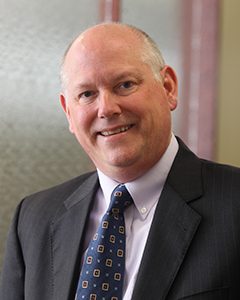The DOL GoP Gap

They are new for 2022—Groups of Plans (GoPs)—or as the Department of Labor (DOL) has begun to refer to them for reporting purposes, “Defined Contribution Group Plans.” The Setting Every Community Up for Retirement Enhancement (SECURE) Act of 2019, Pub. L. 116–94, created GoPs, effective for the 2022 plan year. Technically, it is a simplified mechanism for filing a single Form 5500 information return for a collection of defined contribution plans that have the same overall set up.
If you are thinking Multiple Employer Plan (MEP) or Pooled Employer Plan (PEP), think again. Generally, MEPs and PEPs allow more than one employer to participate in a single retirement plan. In contrast, GoPs allow several employers each with their own defined contribution plan to file a single Form 5500 for the collection of plans as long as they have the same trustee, named fiduciary(-ies), administrator, plan year and investment options. In theory, the appeal of GoPs is that a group of employers (unrelated or related) can keep their own plans and combine to gain economies of scale by collectively negotiating better pricing for administration and investment services, plus have simplified reporting.
While the industry received some information on GoPs in the Department of Labor’s (DOL) proposed Form 5500 changes released in September 2021, more was anticipated in the DOL’s final Form 5500 regulations and news release issued December 29, 2021. Disappointingly, no further guidance was included—just a promise that the consolidated filing option for certain groups of defined contribution retirement plans would be the subject of one or more later final notices.
Of utmost interest is whether the DOL will or won’t apply the Independent Qualified Public Accountant audit requirement when a GoP collectively includes 100 or more individual participants. If the agency does, much of the glow will be off GoPs.
About the Author
